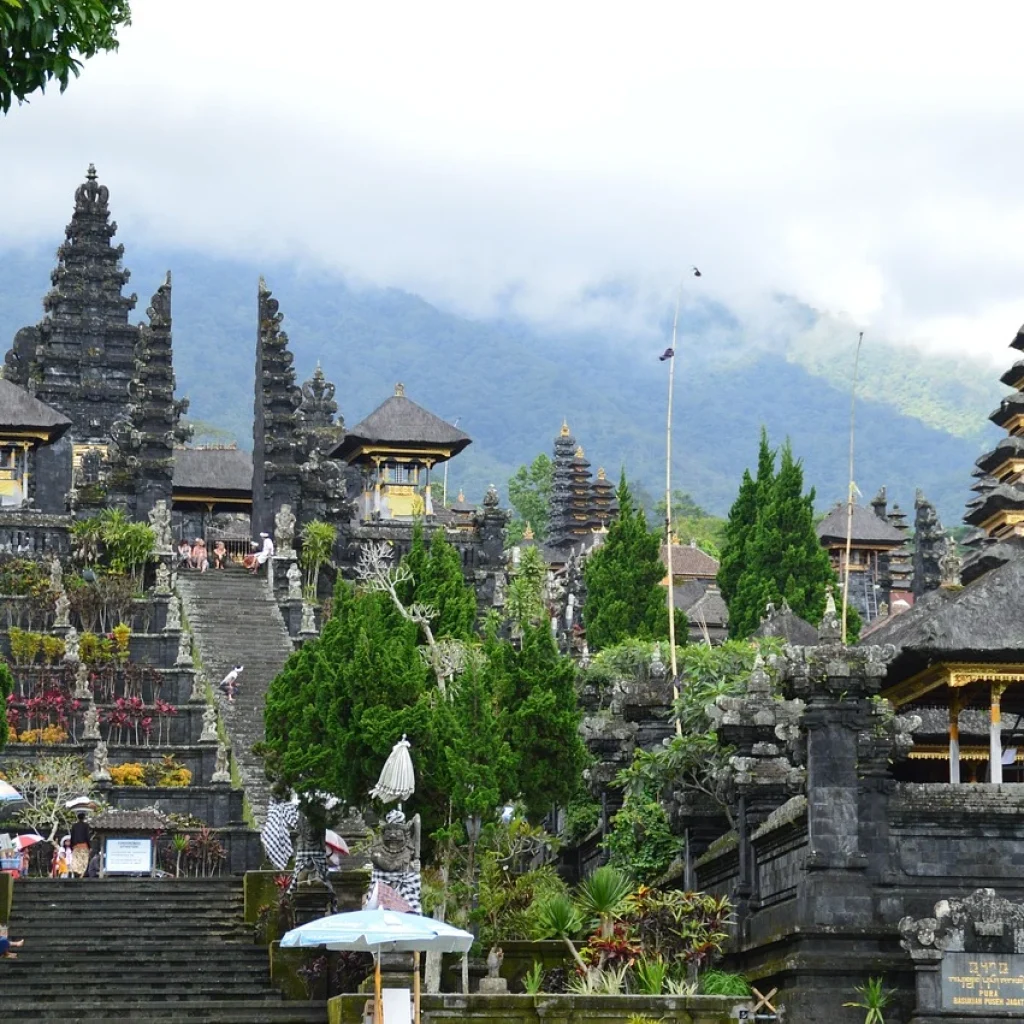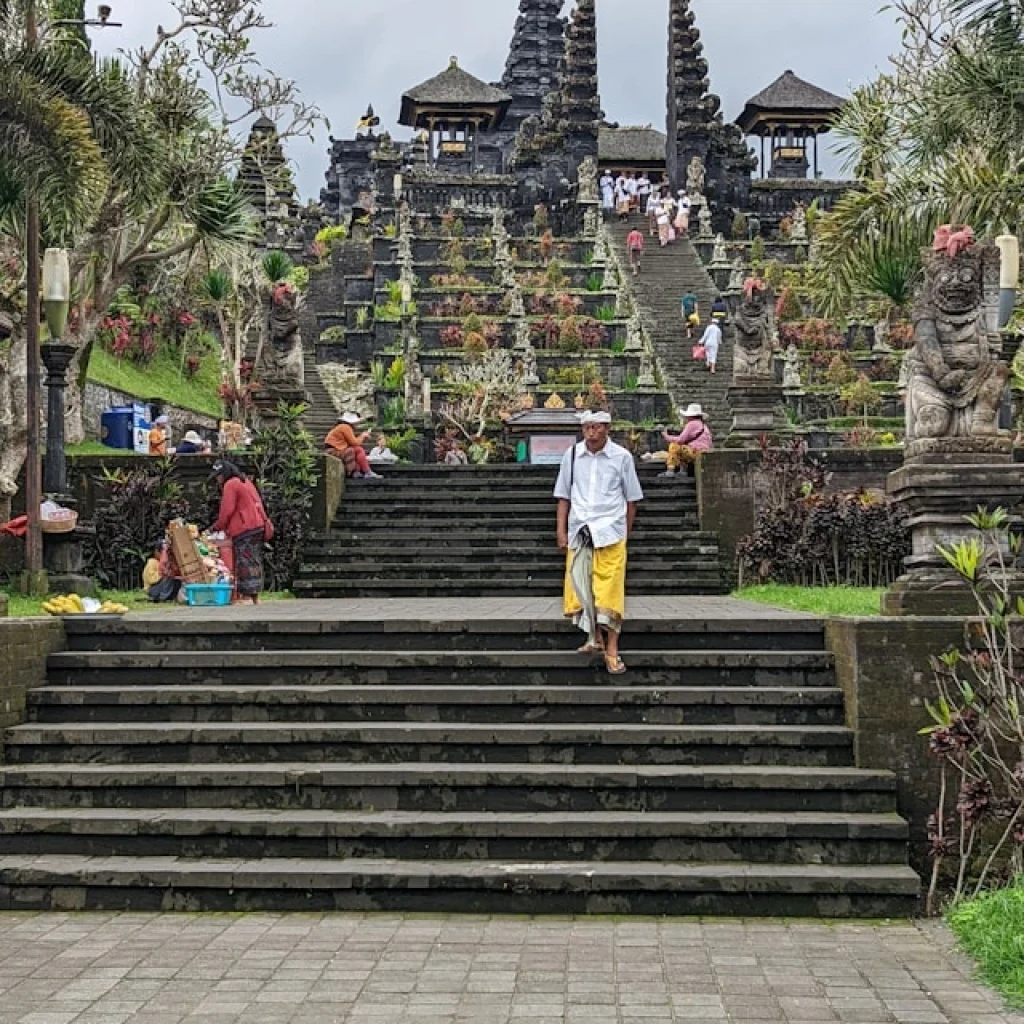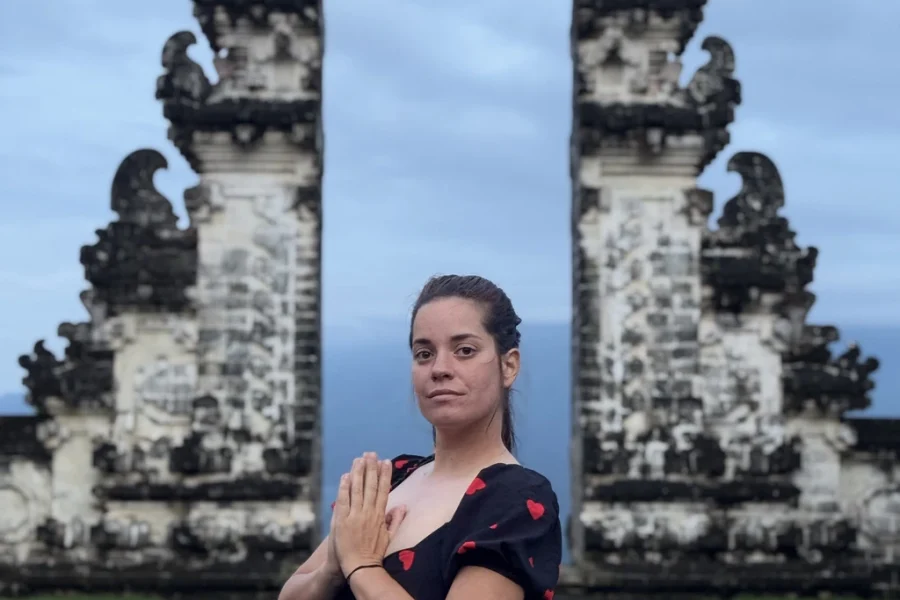Besakih Temple, often called the Mother Temple of Besakih, is the most important and sacred Hindu temple complex in Bali, Indonesia. Located in Karangasem regency, the southwestern slope of Mount Agung, the island’s highest volcano, is a spiritual center that has stood for centuries. The temple complex represents harmony between humans, nature, and the gods, a core value of Balinese Hindu belief.
Visiting Besakih Temple Bali Indonesia offers not only cultural insight but also breathtaking scenery. With a backdrop of mist-covered mountains and terraced landscapes, the site captures the essence of Bali’s spirituality and timeless beauty.
Bali Lempuyang Tour (Customizable Trip)
Bali Lempuyang Temple Full-Day Tour
The History of Besakih Temple
The history of Besakih Temple stretches back over a thousand years. It is believed to have been established in the 8th century by a Hindu priest named Rsi Markandeya, who brought spiritual teachings from Java to Bali. According to legend, he meditated on the slopes of Mount Agung and received a divine vision instructing him to build a temple in honor of the gods.
Over time, Pura Besakih Temple evolved into a vast complex with more than eighty shrines dedicated to various Hindu deities. The three main temples, Pura Penataran Agung, Pura Kiduling Kreteg, and Pura Batu Madeg, represent the Hindu trinity of Brahma, Vishnu, and Shiva. Each temple serves a different spiritual purpose, forming the heart of Balinese religious life.
Despite natural challenges such as the eruption of Mount Agung in 1963, Besakih Temple Bali miraculously remained intact. Locals saw this as a sacred sign of divine protection, reinforcing its status as the Mother Temple of Besakih Bali Indonesia.
How to Get to Besakih Temple

Besakih Temple Bali Indonesia is located in the eastern part of the island, about one and a half to two hours from Ubud or Candidasa, and around two and a half hours from Denpasar. The most comfortable way to reach it is by joining a Besakih Temple tour or hiring bali private tours who can also take you to nearby attractions such as Tirta Gangga or Mount Agung viewpoints.
The road to Besakih passes through lush countryside, rice terraces, and traditional Balinese villages. It is best to start early in the morning when the weather is clear and the temple area is less crowded. For those seeking a deeper experience, local guides are available on-site to explain the temple’s spiritual meaning and rituals.
Entrance Fee and Visiting Tips
Before entering, visitors are required to pay the Besakih Temple entrance fee. This fee contributes to temple maintenance and includes a sarong rental, which must be worn inside the temple grounds. Prices for international visitors are usually around IDR 60,000 to 80,000, though it may vary slightly depending on the season and management updates.
Hiring a local guide is optional but highly recommended, as it helps you understand the deeper symbolism behind each shrine and ceremony.
What to Wear in Besakih Temple

As a sacred site, visitors must dress respectfully when visiting Pura Besakih Temple. Wearing a sarong and sash is mandatory for both men and women. Shoulders and knees should be covered, and modest clothing is encouraged. These garments are often included in the entrance ticket, but you can also bring your own if you prefer.
It is also polite to remove hats and avoid loud conversations while inside the temple area. Photography is allowed in most parts, but be mindful not to interrupt prayer sessions or ceremonies.
How Much Time to Spend at Besakih Temple
To truly appreciate the beauty and spiritual depth of Besakih Temple Bali, plan to spend about two to three hours exploring. This gives enough time to walk through the main courtyards, visit the upper shrines, and take in panoramic views of the surrounding mountains and rice fields.
If you come during a Besakih Temple ceremony, you may want to stay longer to witness the colorful processions, chants, and offerings that bring the temple to life. These ceremonies happen regularly according to the Balinese lunar calendar and are a highlight for any visitor interested in local culture.
The Spiritual Life and Ceremonies
The Besakih Temple ceremony is a sacred celebration filled with devotion and symbolism. Balinese Hindus gather to make offerings, pray, and seek blessings for prosperity and protection. During major ceremonies such as Panca Wali Krama or Eka Dasa Rudra, thousands of pilgrims come from across Bali to participate.
Witnessing such a ceremony offers a profound glimpse into the island’s living spirituality. The sound of gamelan music, the smell of incense, and the sight of vibrant offerings create an atmosphere that feels both ancient and divine.
Why Visit Besakih Mother Temple
Visiting the Besakih Mother Temple is more than a sightseeing experience. It is a journey into the soul of Bali. The temple’s grand architecture, mountain setting, and spiritual energy make it one of the most meaningful places to explore. Whether you are interested in history, culture, or simply wish to feel the peaceful aura of a sacred space, Besakih Temple Bali is an unforgettable destination.
Joining a Besakih Temple tour allows you to explore comfortably and learn directly from knowledgeable local guides who share insights about rituals and the temple’s deep cultural roots.
Final Thoughts
The Mother Temple of Besakih stands as a symbol of faith, resilience, and unity for the Balinese people. Its long history, stunning location, and sacred atmosphere make it one of the most remarkable landmarks in Bali, Indonesia. Whether you come for spiritual reflection or cultural exploration, Besakih Temple Bali Indonesia offers an experience that stays with you long after your visit.
Frequently Asked Questions
Is Besakih Temple open?
Yes. Besakih Temple is generally open to visitors daily, typically from early morning until late afternoon. Opening hours can vary on special ceremony days, so it is a good idea to arrive early and check locally if you plan to visit during a holy day.
When was Besakih Temple built?
Besakih Temple dates back many centuries and is believed to have been established around the 8th century. Over time the complex expanded into a large collection of shrines and courtyards that reflect Bali’s long Hindu heritage.
How far is Besakih Temple from Ubud?
The distance from Ubud to Besakih Temple is approximately 45 kilometers by road. Travel time is usually around one and a half to two hours by car, depending on traffic and road conditions.
How far is Besakih Temple to Ubud?
From Besakih Temple to Ubud the distance is the same, about 45 kilometers. Expect a drive of roughly one and a half to two hours. Many visitors combine a Besakih visit with other East Bali attractions on a day trip.
How many steps are at Besakih Temple?
Besakih Temple sits on terraced levels linked by stone stairways. There is no single official count because routes vary, but visitors commonly climb around one hundred to two hundred steps to reach the main courtyards. Wear comfortable shoes and take your time while exploring.
Is Besakih Temple worth visiting?
Yes. As the Mother Temple of Bali, Besakih offers deep cultural and spiritual significance, impressive temple architecture, and sweeping views of Mount Agung. It is highly recommended for those interested in Balinese history, religion, and landscape photography.





0 Comment